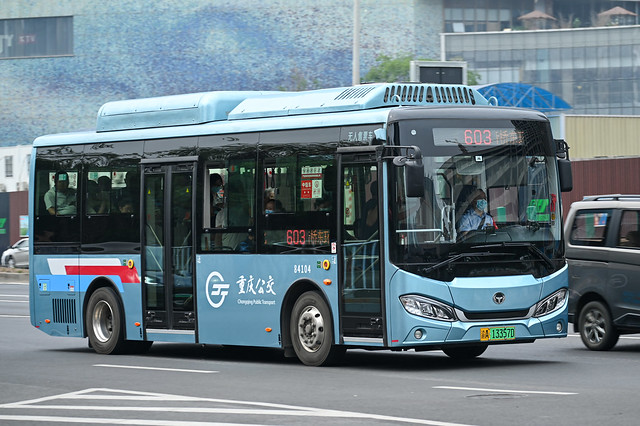Title: Lithium Iron Phosphate Battery – A Revolutionary Power Source
Lithium iron phosphate battery, also known as LIFe power source or lithium ferrophosphate battery, has taken the world by storm in recent years. As a prominent member of the LiFePO4 rechargeable batteries family, it offers nu Lithium iron phosphate battery merous advantages and has become a popular choice for various applications.
Manufacturing Process:
The production of lithium iron phosphate batteries involves several crucial steps. Firstly, raw materi

als such as lithium carbonate and ferric oxide are carefully selected to ensure high-quality output. These materials undergo strict purification processes to eliminate impurities that could affect the battery’s performance. Next, they are mixed together with phosphoric acid to form an active material powder.
This powder is then coated onto electrodes made of aluminum and copper foil through a slurry casting process. The foils are tightly wound into individual cells befo Lithium iron phosphate battery re assembly into larger packs or modules. Finally, the assembled units undergo rigorous testing procedures to guarantee safety and stability.
Key Features:
One of the key features of lithium iron phosphate batteries is their remarkable th Lithium iron phosphate battery ermal stability. This ensures optimal performance even under extreme temperatures, reducing any risk of overheating or thermal runaway events that can be hazardous in other types of batteries.
Additionally, these batteries have an impressive cycle life expectancy due to their

stable chemical structure and low degradation rate over time.
Furthermore, they exhibit excellent voltage capacity retention during extended periods without use or storage.
Advantages:
Lithium iron phosphate batteries offer several advantages over traditional chemistries like lead-acid or nickel-cadmium counterparts. One significant advantage lies in its environmental friendliness as these batteries do not contain toxic metals such as lead or cadmium.
Moreover, they have a higher energy density than many alternative LIFe power source s available on the market today while maintaining lightweight characteristics.
They also boast fast charging capabilities due to their low internal resistance which enables efficient energy conversion during recharging c

ycles.
Usage Method:
To maximize the performance and lifespan of a lithium iron phosphate battery, it is recommended to follow specific usage guidelines. Fi LiFePO4 rechargeable batteries rstly, avoid overcharging or complete depletion of the battery’s charge as this can decrease its longevity. It is advised to keep the state-of-charge between 20% and 80% for optimal operation.
Additionally, preventing exposure to extreme temperatures or direct sunlight will help maintain the stability and efficiency of these batteries. Always use a compatible Lithium iron phosphate battery charger designed for LiFePO4 batteries and ensure proper ventilation during charging.
Choosing the Right Product:
When selecting a lithium iron phosphate battery, there are certain factors to consider. Capacity requirement should be evaluated based on intended applications. Voltage compatibility with existing devices must also be ensured.
It is essential to purchase from reputable manufacturers who adhere to strict quality control measures for reliable products that meet safety standards.
Consulting product reviews or seeking expert advice can further aid in making an informed decision. Lithium ferrophosphate battery
Conclusion:
Lithium iron phosphate batteries have revolutionized power storage by providing a safe, stable, and eco-friendly solution for various industries. With their exceptional thermal stability, long cy Lithium iron phosphate battery cle life expectancy, and impressive energy density, they are becoming increasingly preferred in renewable energy systems, electric vehicles (EVs), portable electronics, and more.
By following proper usage methods and carefully selecting high-quality products from trusted sources, users can experience enhanced performance while reducing carbon footprint – surely contributing towards a greener future.
Note: The actual word count may vary slightly depending on formatting requirements Lithium iron phosphate battery
